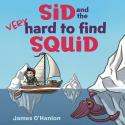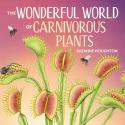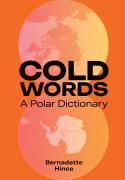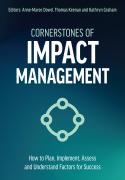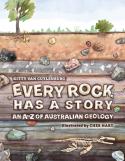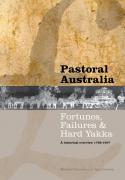Desert Channels is a book that combines art, science and history to explore the ‘impulse to conserve’ in the distinctive Desert Channels country of south-western Queensland. The region is the source of Australia’s major inland-flowing desert rivers. Some of Australia’s most interesting new conservation initiatives are in this region, including partnerships between private landholders, non-government conservation organisations that buy and manage land (including Bush Heritage Australia and the Australian Wildlife Conservancy) and community-based natural resource management groups such as Desert Channels Queensland.
Conservation biology in this place has a distinguished scientific history, and includes two decades of ecological work by scientific editor Chris Dickman. Chris is one of Australia’s leading terrestrial ecologists and mammalogists. He is an outstanding writer and is passionate about communicating the scientific basis for concern about biodiversity in this region to the broadest possible audience.
Libby Robin, historian and award-winning writer, has co-ordinated the writings of the 46 contributors whose voices collectively portray the Desert Channels in all its facets. The emphasis of the book is on partnerships that conserve landscapes and communities together. Short textboxes add local and technical commentary where relevant. Art and science combine with history and local knowledge to richly inform the writing and visual understanding of the country.
Conservation here is portrayed in four dimensions: place, landscape, biodiversity and livelihood. These four parts each carry four chapters. The ‘4x4’ structure was conceived by acclaimed artist, Mandy Martin, who has produced suites of artworks over three seasons in this format with commentaries, which make the interludes between parts. Martin’s work offers an aesthetic framework of place, which shapes how we see the region.
Desert Channels explores the impulse to protect the varied biodiversity of the region, and its Aboriginal, pastoral and prehistoric heritage, including some of Australia’s most important dinosaur sites. The work of Alice Duncan-Kemp, the region’s most significant literary figure, is highlighted. Even the sounds of the landscape are not forgotten: the book's webpage has an audio interview by Alaskan radio journalist Richard Nelson talking to ecologist Steve Morton at Ocean Bore in the Simpson Desert country. The twitter of zebra finches accompanies the interview.
Conservation can be accomplished in various ways and Desert Channels combines many distinguished voices. The impulse to conserve is shared by local landholders, conservation enthusiasts (from the community and from national and international organisations), Indigenous owners, professional biologists, artists and historians.




